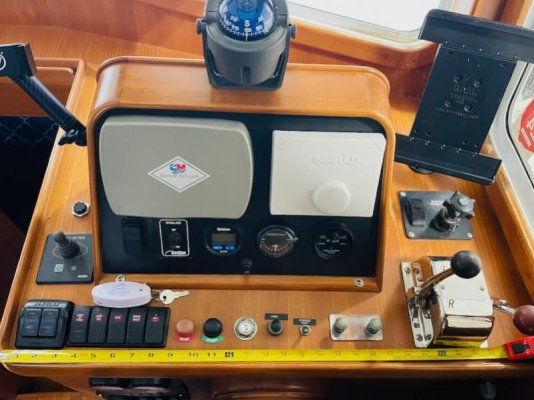HeadedToTexas
Guru
I am planning an electronics upgrade for next winter. Part of that upgrade will be modern sonar. We have simple Uniden and HawkEye depth finders at the lower and upper helms respectively. Of course the new electronics will not use the same legacy transducers.
I am weighing the pros and cons of keeping the legacy depth finders versus removing the old transducers and using one of the existing holes in the hull to mount the new transducer. Redundancy is good, though both are electronic and subject to the whims of power. We already have what feels like a bunch of through hull fittings. How many is too many?
I am weighing the pros and cons of keeping the legacy depth finders versus removing the old transducers and using one of the existing holes in the hull to mount the new transducer. Redundancy is good, though both are electronic and subject to the whims of power. We already have what feels like a bunch of through hull fittings. How many is too many?

